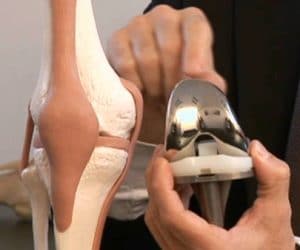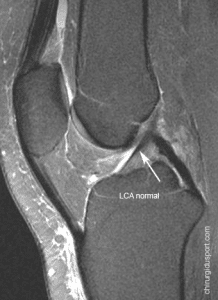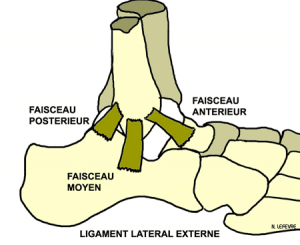Introduction
The instability of the shoulder is a well known pathology and relatively frequent quent in athletes. The incidence in the general population, taking into account only a first epi sode of dislocation reduced to emergencies, is 23.1 / 100 000 / year. The average age is 35 and there is a male predominance of 74.3% [1]. In athletes patient, especially when playing a contact sport like football, the impact can reach 000 40/100 [2]. A recent study of the French Rugby Federation found to 100/100 000 episodes per season of instability in rugby. [3]
While the dislocation is usually considered the starting point of instability, there are other symptoms in athletes who must make EVO- quer: pain, subluxation, the apprehension, the conduct avoidance, techniques or other coping strategy [4, 5]. The recidivism rate is very high; taking into account only the dislocation it can reach, in some series, up to 60 to 80% in 2 or 5 years [6] back.
The recidivism risk factors are identified: male gender, young age do, contact sports, bone lesions of the glenoid, sport com- petition [6, 7, 8, 9].
The main objective of this work was to make a focus on the diagnosis of the instability in athletes by including not only the dislocation as a criterion of recurrence but also modifications of sport. The secondary objective was to propose criteria for return to sport after treatment of the instability.
Diagnosis of instability in athletes patient
To make a diagnosis of instability, we must integrate the elements of the interviewed tory, physical examination and imaging.
Examination
Knowledge of sporting gesture is needed to understand and look for symptoms related instability.
Indeed, in everyday life, the instability is often not felt by the patient sport. We must therefore find a sport at risk, either from the type of sport or according to the level of practice. Each sport requires specific skills of the shoulder.
One class activities according to the risk of causing a dislocated shoulder [11, 17]. For this, we take into account potential mechanical stresses of sports gesture: the de-fist gesture Coup- ler “uppercut” boxer or tensile antepulsion waterskiing, to drop gesture on the shoulder judo or plating rugby, or reach in external rotation – abduction for a dancer. There are 4 sports groups described by Allainet al. [11]:
- Type 1 (G1) without impact: rowing, es- crime, breaststroke, diving, gymnastics, skiing, shooting and sailing.
- Type 2 (G2) high impact: arts mar- tiaux except judo and Kara tee, bike, motocross, football, rugby outside the fray, water skiing, skiing, skydiving and horseback riding.
- Type 3 (G3) armed-countered sports: climbing, weightlifting, shot put, crawl or butterfly swimming, pole vault, figure skating, canoeing, hockey and tennis.
- Type 4 (G4) armed-countered sports: basketball, handball, volleyball, kayaking, goalie, judo, karate or wrestling.
As described by Bal and Boileau [8] must be added the practical level sporti- ve, including competition or professional lev- calf and age to determine the risk of potential recurrence. However, these classifications “pro- prognosis” is used to assess further the potential risk and not to de- track instability.
On examination, he must be made ??to seek re- one of these symptoms during sports practice: pain, subluxation, dislocation, but also apprehension, avoidance of pipes ment, change gesture or position.
We report two cases:
– MM 22, a dancer at the Opera Paris, this repeated dislocations for many years, but continues his art. This luxury during presentations represent and reduced his shoulder smooth color. It carries more range on unstable shoulder and chooses artistic programs accordingly.
– MT, 24, rugby player vocational at right-left pillar. He presented several dislocated his right shoulder but, following a change of job tion, there has been no reci- dive. His shoulder is protected phases are mixed internally rotated while playing left pillar. Playing at right pillar, the same shoulder is found free in flexion and often thrown to the ground. Playing only pillar left, it no longer dislocations.
In both cases, surgery was performed by a technique such as stop Lartajet- Walch. Surgical stabilization allowed a return to sport at the same level, with gesture-without limitation. The first patient was able to make artistic gestures that he practiced more and rugby player could evolve on the desktop right pillar, which helped him
Doctor Yoann BOHU. – 30 décembre 2015.



